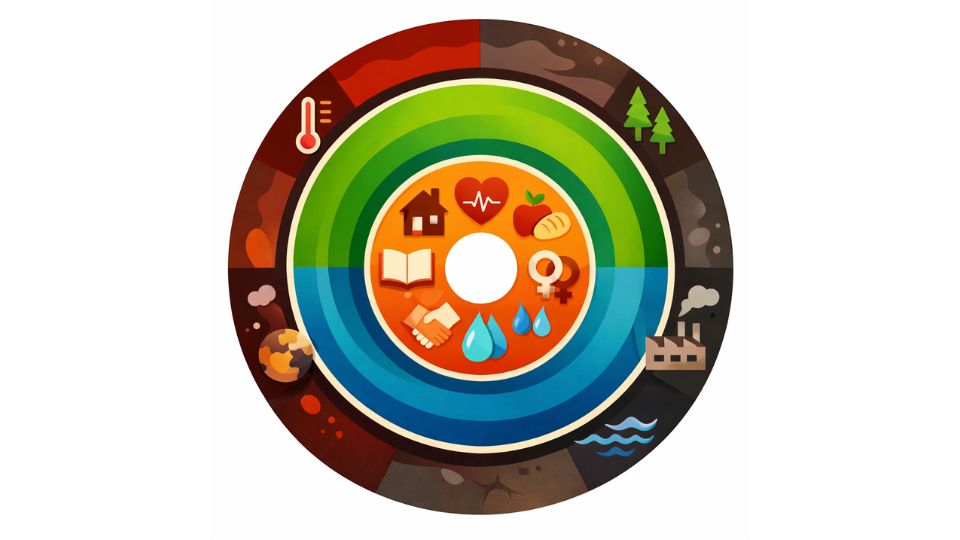
- Fecha de publicación
- Febrero 2020
- Business
- Artículo

Profesor y Director del Master in Digital Marketing en ESIC. Apasionado del eCommerce y la Comunicación; Director de negocio en vdSHOP (grupo VASS).
Communication
- Slack: Instant messaging and channels by subject, client or project.
- Zoom: Virtual meeting rooms for up to 100 people.
- Meet: Tool integrated with Google Calendar for informal meetings of up to 10 people.
- Miro: work in a big canvas to move information in real time with different users connected.
Collaborative work
- AWW: Digital whiteboard with option to share and download the final result.
- Mural: Tool for collaborative meetings that allows interaction around a digital board.
- Stormboard: It has templates and allows to share videos, Excel documents, etc.
- Whiteboard: Digital whiteboard for teamwork and very easy to use.
Organization of work
- Asana: Integrates communication, calendar, boards, repositories, etc.
- Teams: Corporate version of Microsoft, which integrates many of its tools into one and allows collaboration.
- Trello: Based on the Kanban method, it has different groups and virtual boards managed in a collaborative way.
Document Repositories
- Drive: Google tool with large storage capacity, which allows us to organize our work and share links.
- Onedrive: Microsoft's alternative for centralizing documents integrated into Teams.
- Dropbox: Useful for centralizing and sharing open content without having a Microsoft or Google account.
Other tools
- Doodle: Very useful tool to agree on dates.
- Loomio: Free software for making decisions collectively without being together.
- Mentimeter: Used to make presentations and events interactive.
- Kahoot: Functionalities for training and gamification of events.
- Kanbanize: Allows a large number of automations to manage flows in an intuitive way.
También te puede interesar

Guía para ser un buen creativo publicitario: funciones, habilidades y pasos a seguir
El mundo de la publicidad está en constante cambio y necesita profesionales capaces de generar ideas impactantes y conectar de forma auténtica con las audiencias. Si te preguntas cómo ser creativo ...
- Publicado por _ESIC Business & Marketing School

Analista de inteligencia: qué es y cómo serlo
El mundo actual se mueve a la velocidad de la información. Las empresas que saben convertir la inmensa cantidad de datos que generan en conocimiento útil son las que consiguen una ventaja competitiv...
- Publicado por ESIC University

Qué es la economía del dónut y por qué es clave para liderar negocios sostenibles y rentables
La economía mundial se encuentra en un punto de inflexión. El modelo lineal tradicional consistente en extraer, producir, usar y desechar ha demostrado ser insostenible, ya que agota los recursos de...
- Publicado por _ESIC Business & Marketing School
